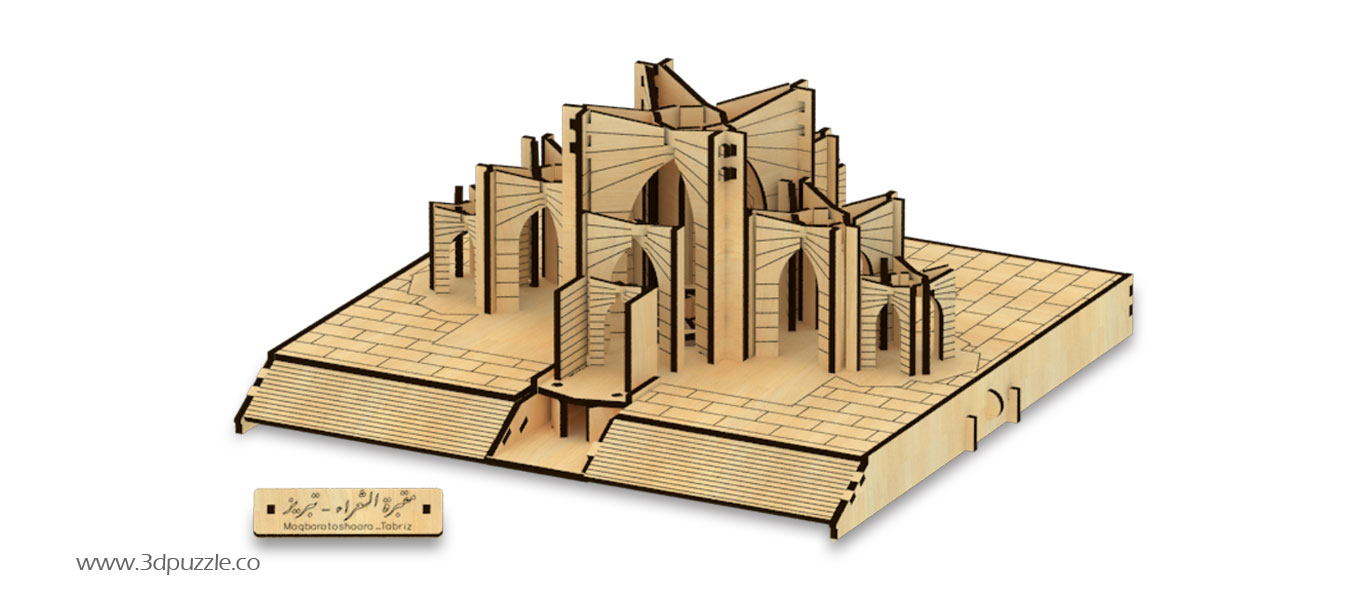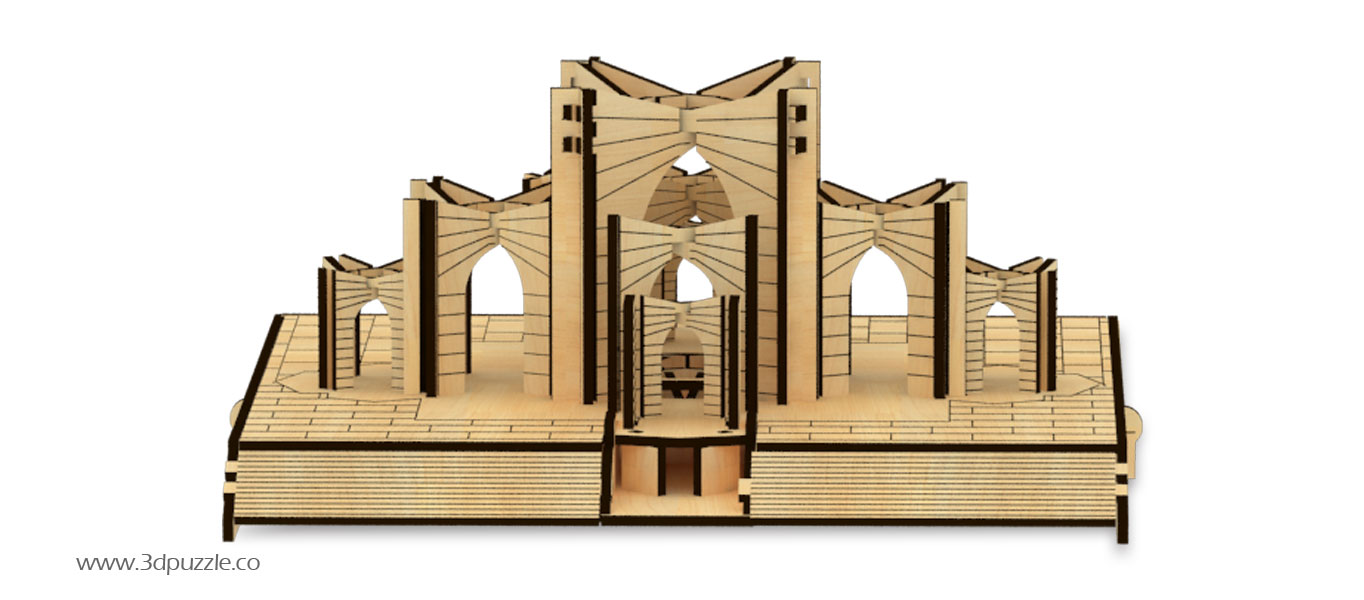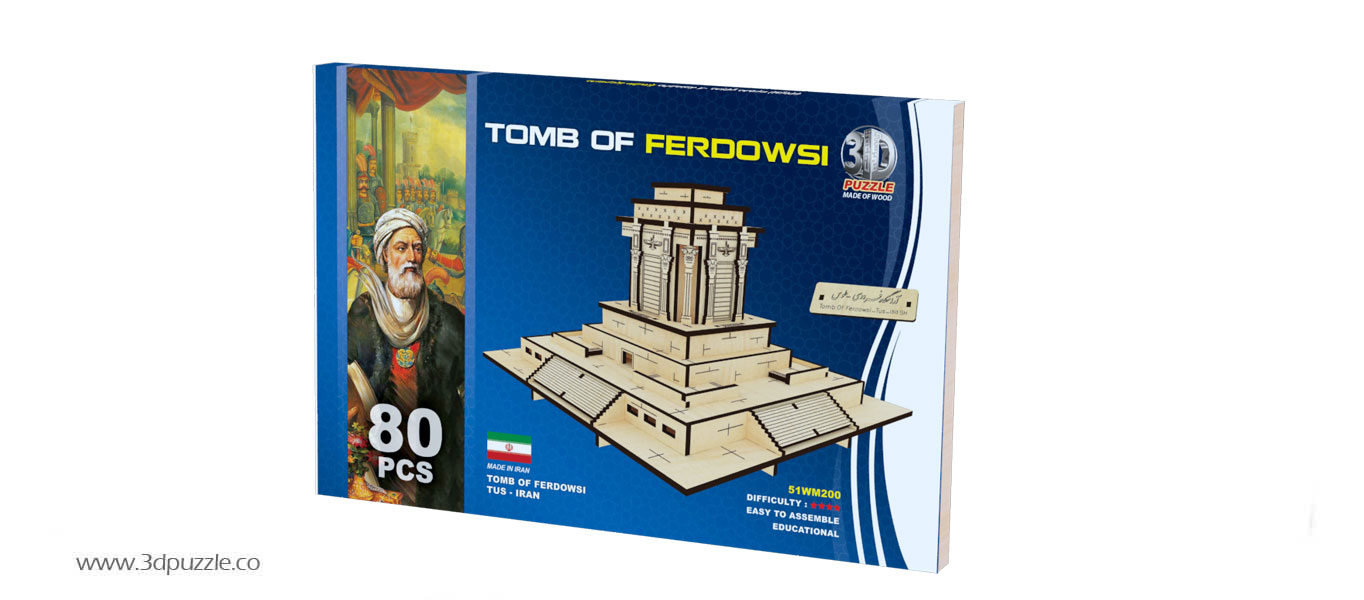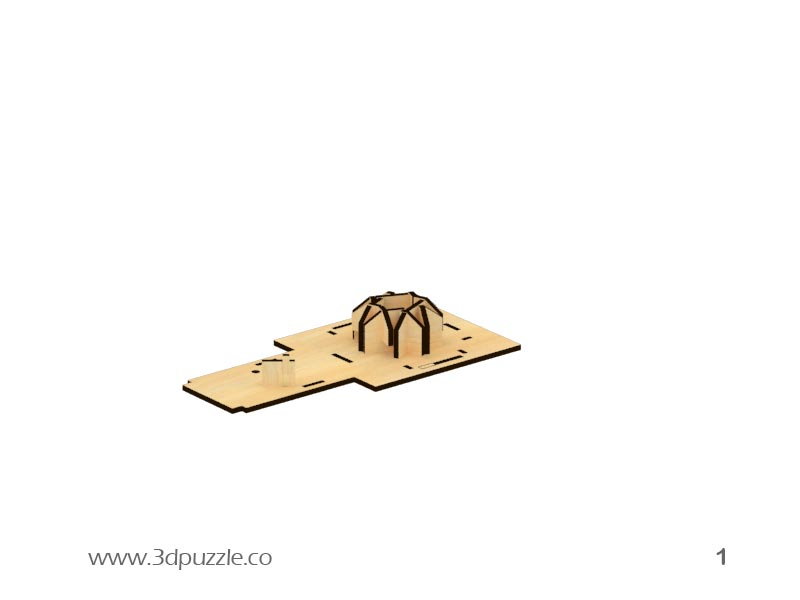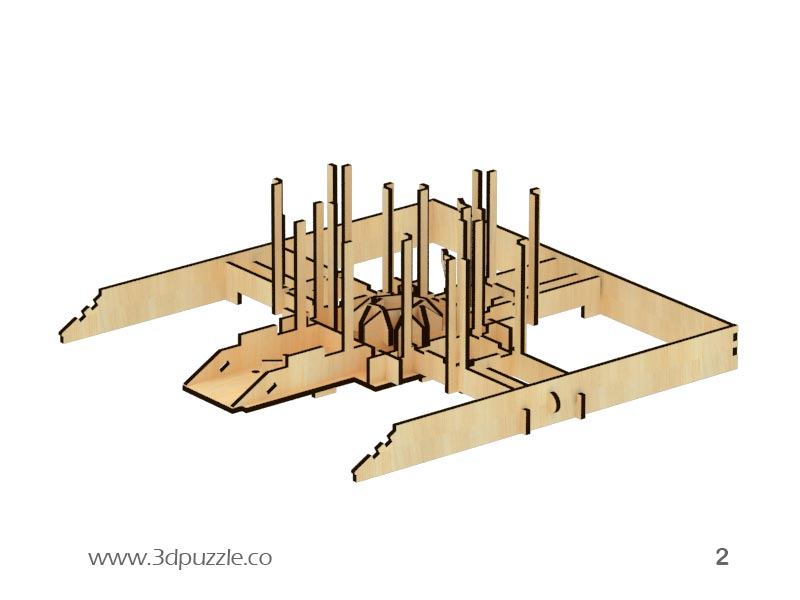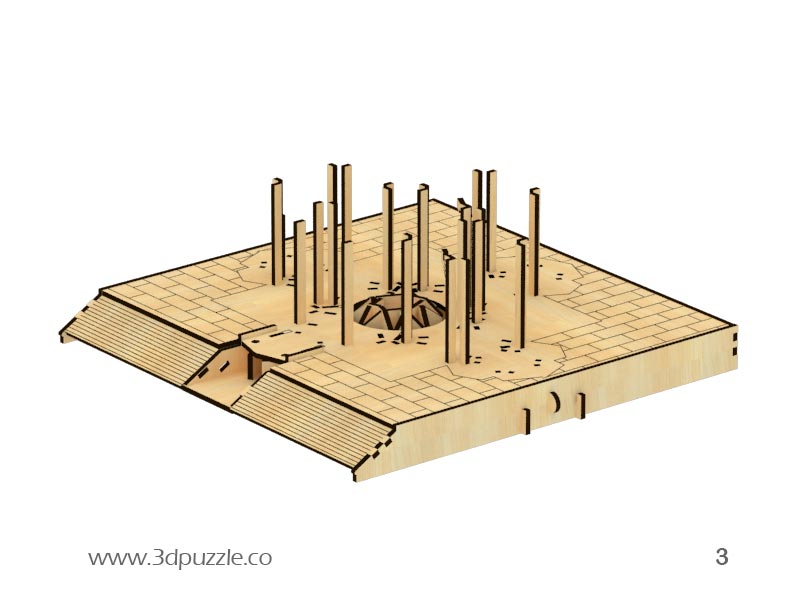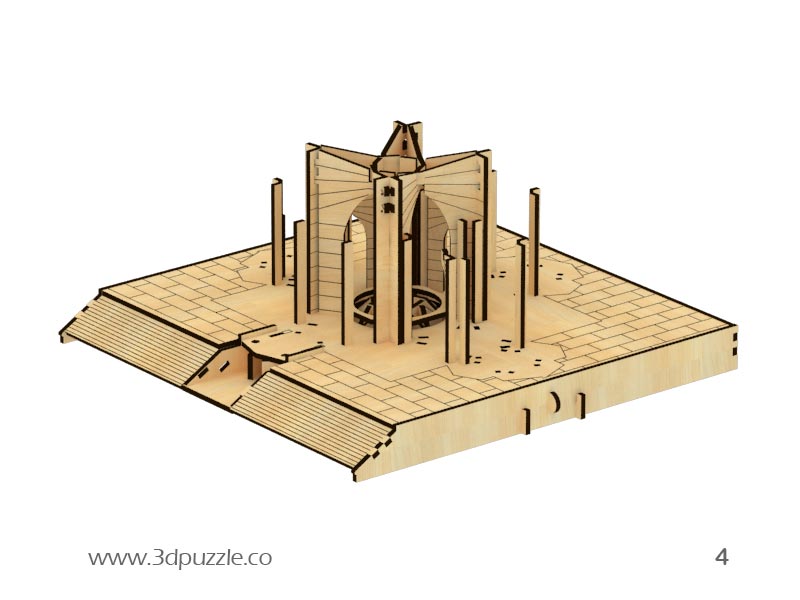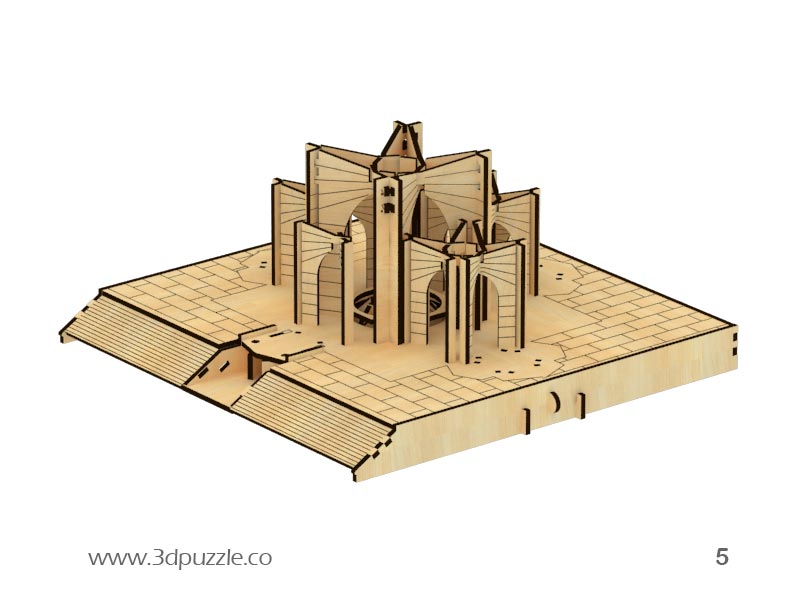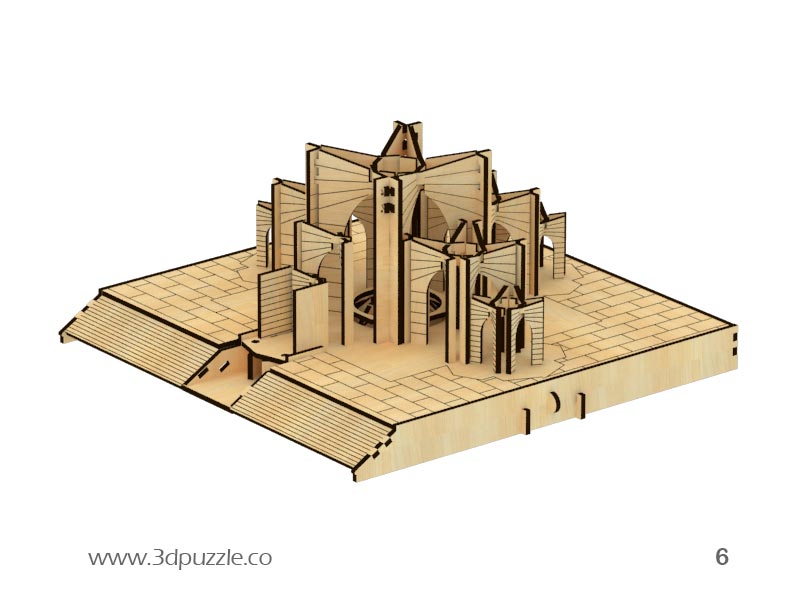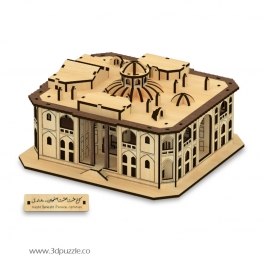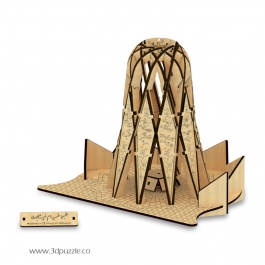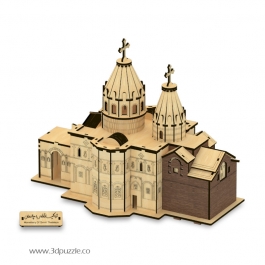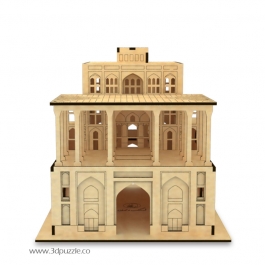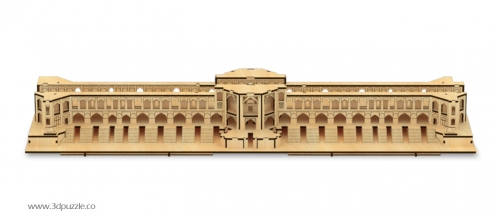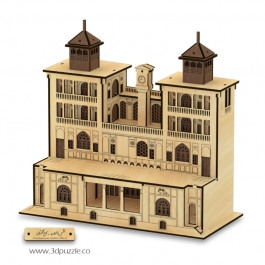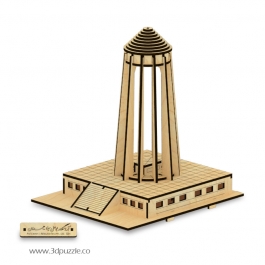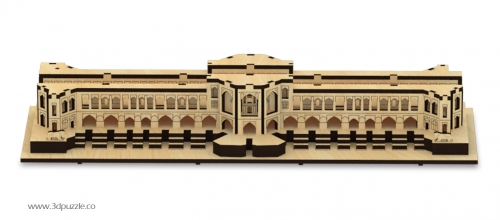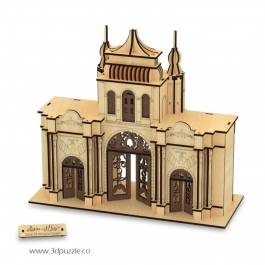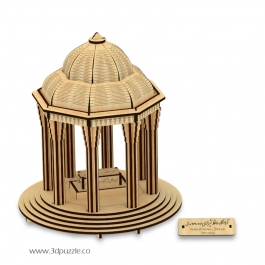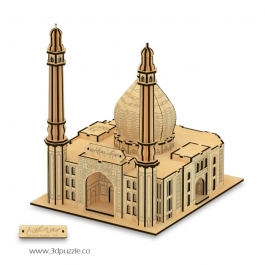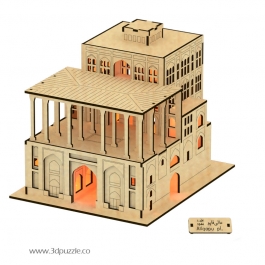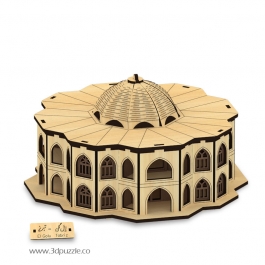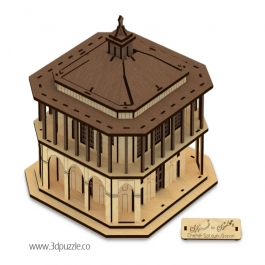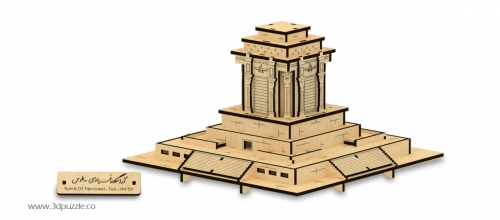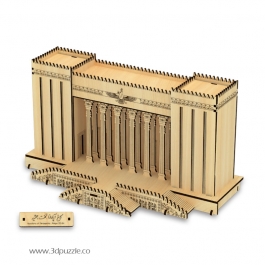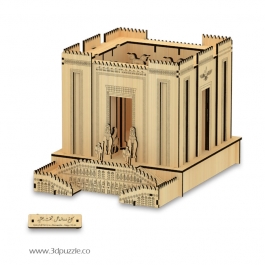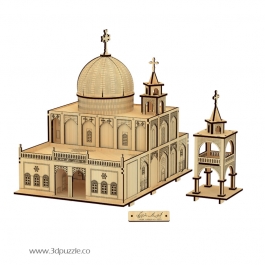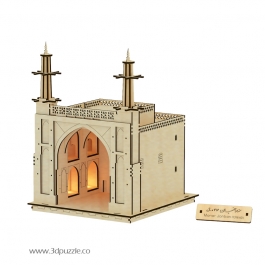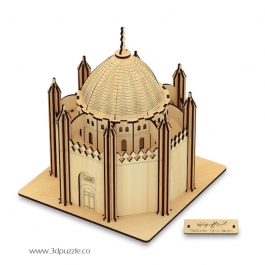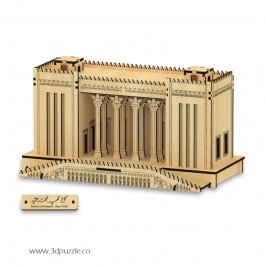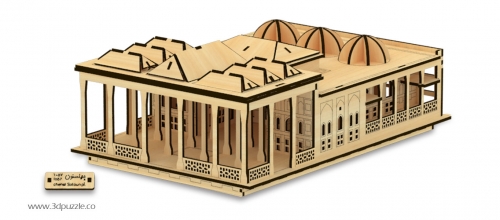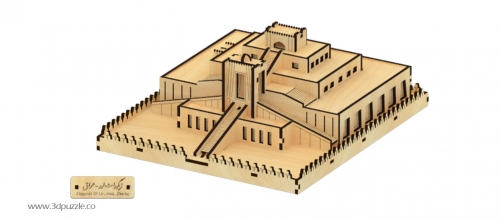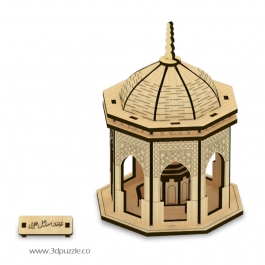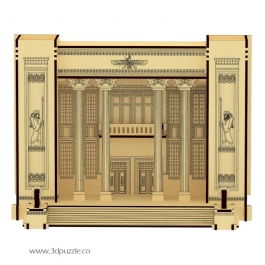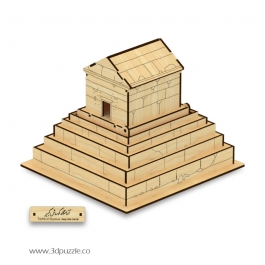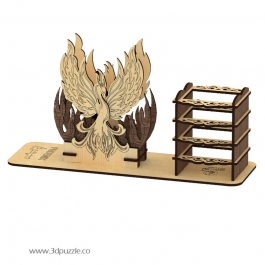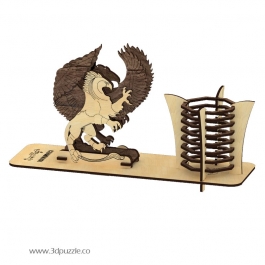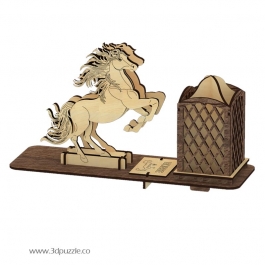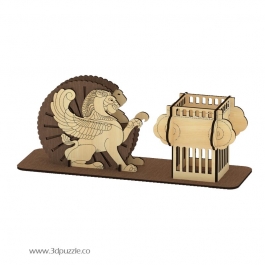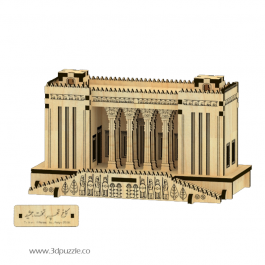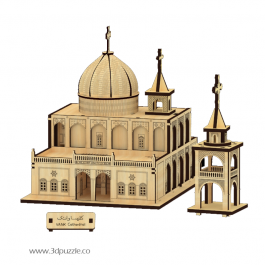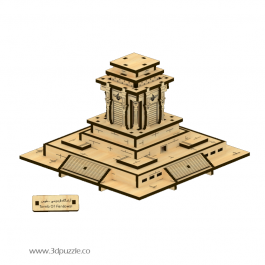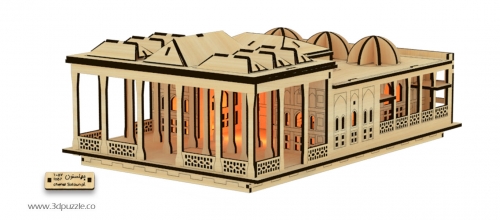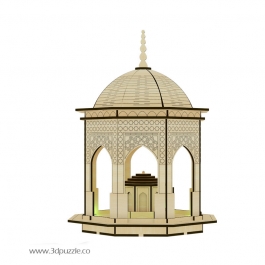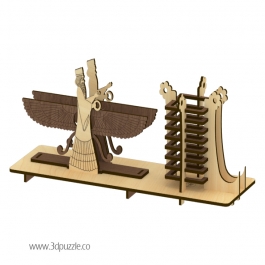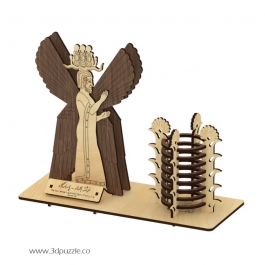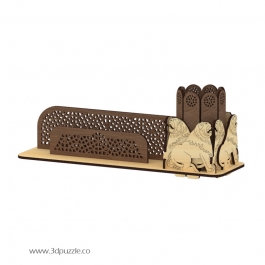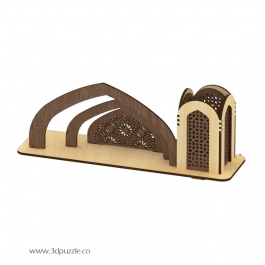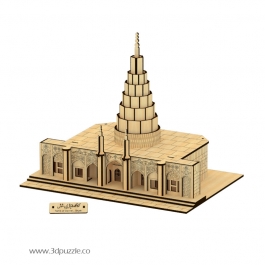مقبره الشعراء
تبریز پس از قرن ششم پناهگاه شاعرانی شد که به دنبال زندگی آرام، آسوده و دور از جنگ بودند. در میان محله های مختلف تبریز، کوی سرخاب به دلیل اینکه شاعران بسیاری در آن زندگی می کردند شهرت بسیاری داشت و بسیاری از این بزرگان دوست داشتند تا بعد از مرگ نیز درهمین محله دفن شوند. خاقانی، ابوالعلا و فلکی از شروان و گنجه، ظهیر فاریابی و شاهپور نیشابوری از خراسان به تبریز آمده و در این شهر ساکن شدند. این شاعران در آن زمان در حظیره های (قبر، آرامگاه ابدی) مخصوصی دفن می شدند که بعدها به آنها مقبره الشعراء گفتند. در مقبره الشعراء تبریز بیش از 400 شاعر، عارف و ادیب ایرانی مانند استاد شهریار، خاقانی شروانی، اسدی طوسی، قطران تبریزی، سوزنی سمرقندی، همام تبریزی، ظهیرالدین فاریابی، لسان شیرازی و بسیاری از نفرات دیگر به خاک سپرده شده اند. عملیات ساخت و احیای مقبره الشعراء به شکل فعلی آن در سال های 1351 تا 1360 آغاز شده است، بنای اصلی مقبره الشعراء بیش از 30 متر ارتفاع دارد و معماری و فضاسازی بسیار زیبایی دارد و در طول سال ها به یکی از نمادهای هویتی، هنری و فرهنگی تبریز تبدیل شده است.
Tomb of Poets , Tabriz , Iran
tomb of poets After the sixth century, Tabriz became a sanctuary for poets, who were seeking a calm and peaceful life away from war. Among the various neighborhoods of Tabriz, Sorkhab was famous because many poets have been lived there and many of them loved to be buried there after death. Khaghani, Aboulal and Falaki from Sharvan and Ganjeh, Zahir Faryabi and Shahpour Neyshabouri came from Khorasan to Tabriz and settled in this city. At the time, these poets were buried in the special graves, which later was named, the Tomb of poets.More than 400 poets, mystic and literary poets, such as Professor Shahriar, Khaghani Sharwani, Asadi Tusi, Qarran Tabrizi, Azzni Samarghandi, Hammam Tabrizi, Zahiruddin Faryabi, Lassan Shirazi, and many others have been buried in Tabriz's Tomb of poets.The construction and rehabilitation of the Tomb of poets to the present form, began in the years 1351 and ended in 1360. The main building of the Tomb of poets has more than 30 meters Height with a beautiful architecture and environment. Over the years it has become one of the Identity, artistic and cultural symbols Tabriz.

